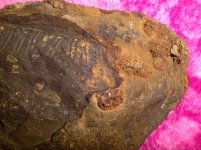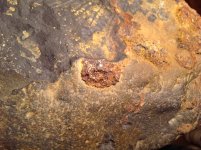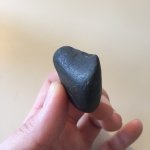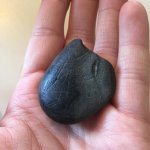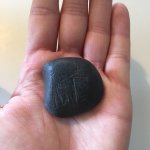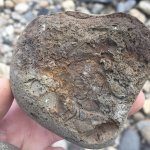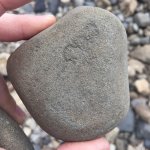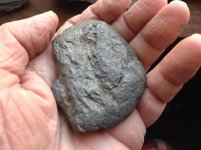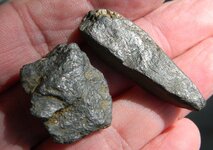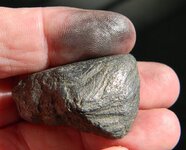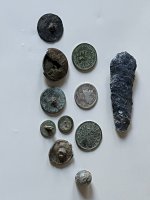Wandermore91
Jr. Member
Today while on a quick sunset hunt after work I laid eyes on a red chunk. Not sure how realisic this is, I’m aware of the native’s use of the red pigment from red ochre. I determined it is not just a clump of rust formed around an old metal object, as you can see different minerals throughout it. Curiously I wet the stone, and ran the edge of it down a rock. What do you know, it left a trail of rust red pigment on the rock and also down my hand. I let it dry and brought it home. I am pretty sure ochre is not naturally occurring in my area (NE) but please correct me if I’m wrong... in the case that this could actually be red ochre is it possible that it may have been brought to my site by the Natives? Would there be any other explanation? Can anyone confirm or disprove this is actually red ochre? Has anyone ever come across any while hunting? Artifacts have been found in the area where I found this. Thanks, very interested to hear what you have to say!
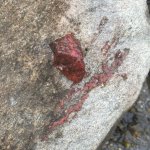
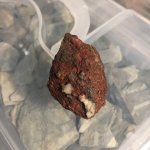
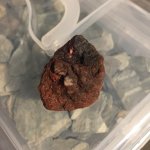
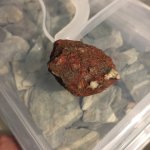
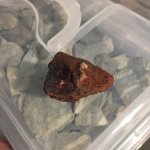
Last two are images from Google
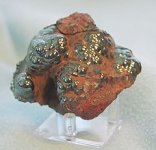
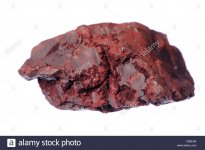





Last two are images from Google


Last edited:
Upvote
0


